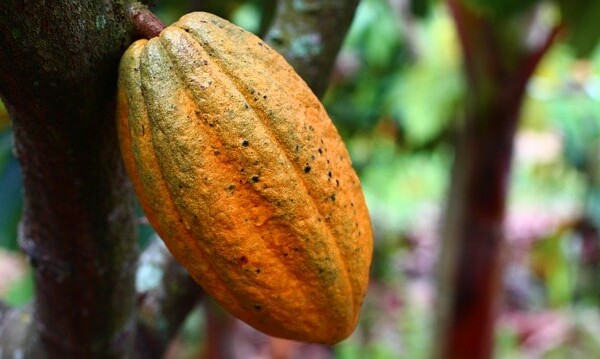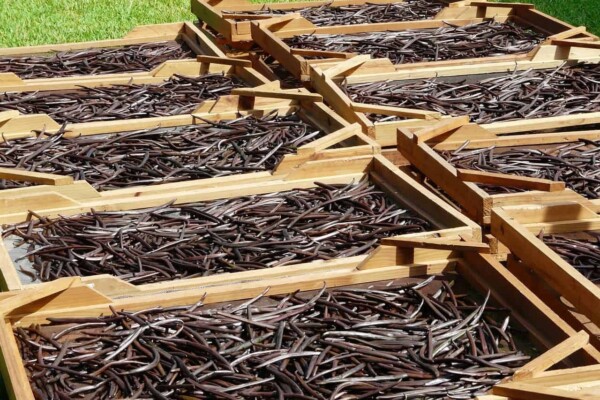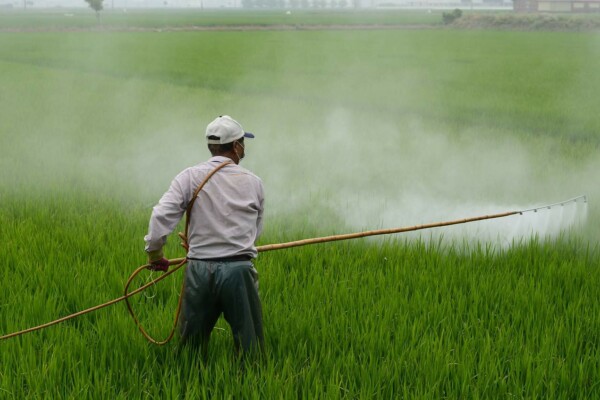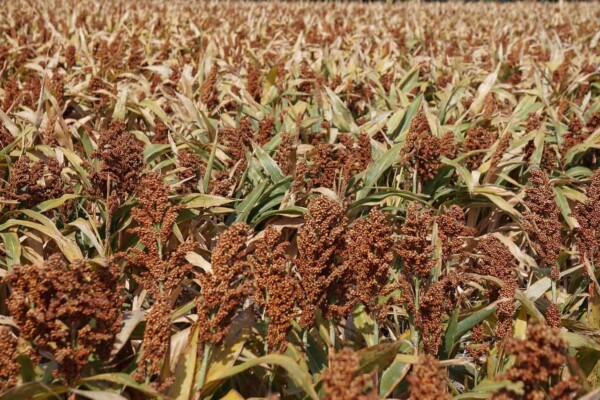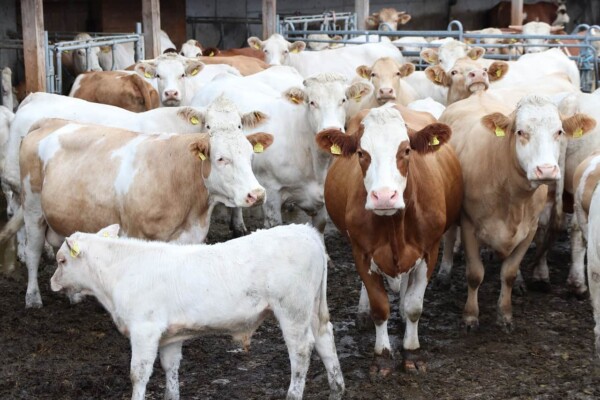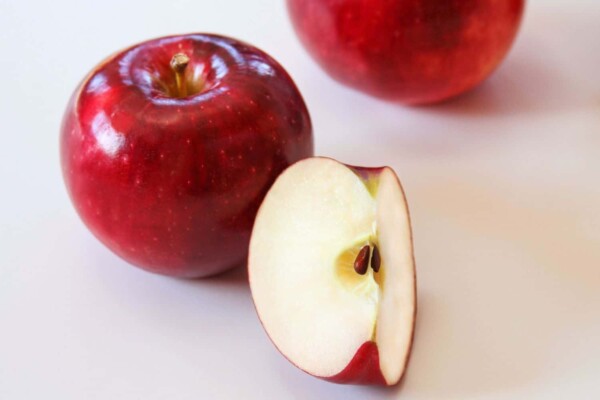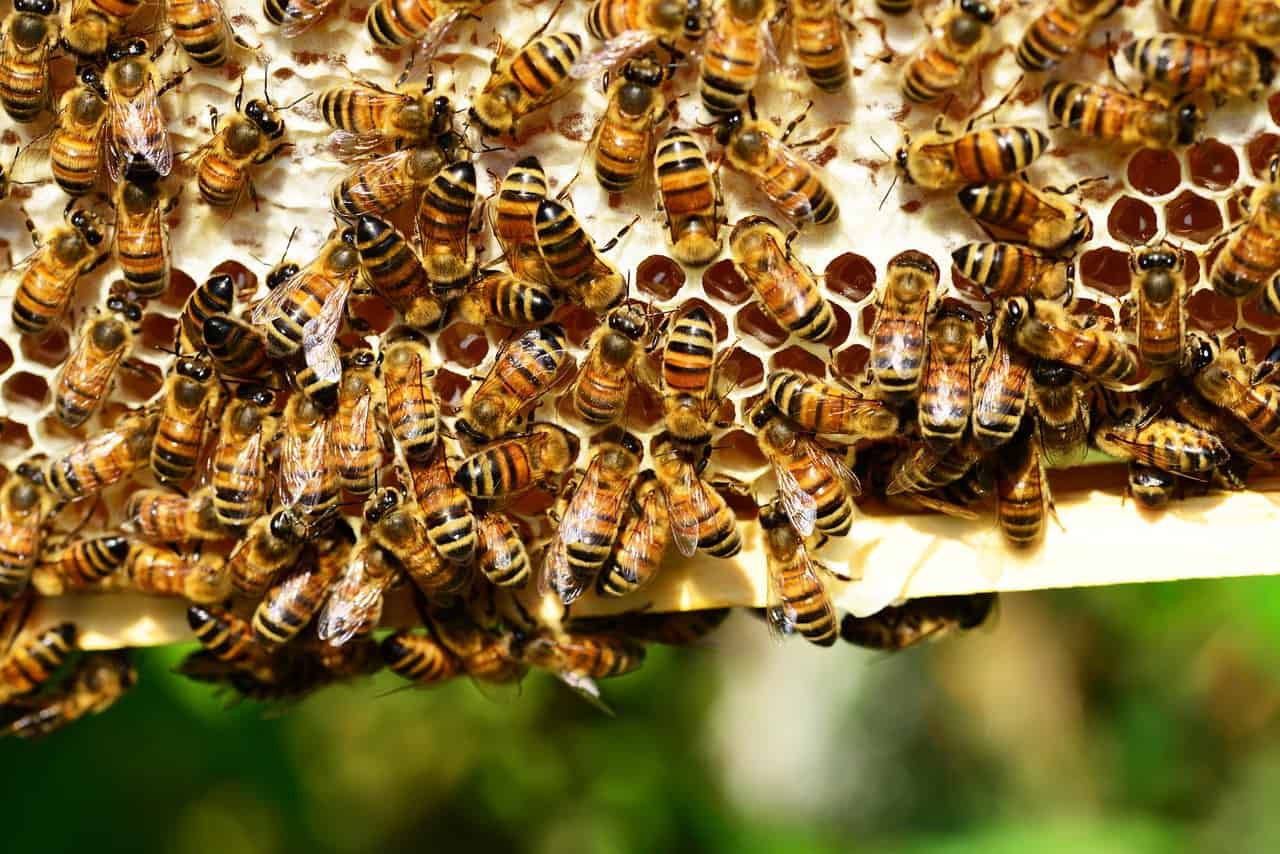
The Canadian federal government is taking steps to phase out, starting with 2021 the use of neonicotinoid-based pesticides linked to the death of an increasing number of honey bees.
The Pest Management Regulatory Agency of Canada announced in August 2018 the phasing out, over a three-year period, of two of the top three neonicotinoid-based pesticides authorized for use in Canada.
In May 2018, the agency announced its intention to phase out as early as 2019 the third neonicotinoid-type pesticide, imidacloprid, for all outdoor uses. The decision was announced the same day as the publication of an open letter signed by 200 scientists in the Science journal.
Neonicotinoids are a type of pesticide used by farmers and horticulturists to remove parasites such as aphids and spider mites. Scientists, however, blame these chemicals for weakening bees and making them more vulnerable to disease and weather conditions.
The decision marks the completion of almost six years of work for the agency. It follows a similar ban imposed by the European Union, which should come into force at the end of 2018.
Environmental groups say they are pleased to see Canada ban these pesticides, but believe that the five-year period before neonicotinoids are completely banned is too long.
Neonicotinoids already banned in Europe
The EU Member States voted in April 2018 for an almost complete ban on the use of neonicotinoid pesticides in the countries of the Community Bloc.
Several scientific studies claim that neonicotinoid pesticides are responsible for the disappearance of honey bees, wild bees, and other pollinators.
The decision is a major extension of the already existing restrictions imposed as early as 2013.
Producers and other agricultural groups opposed the decision, arguing that such conclusions are uncertain.
Neonicotinoids are the most widely used pesticide class, but concerns about their impact on bees have intensified due to multiple research.
In 2013, the European Union opted for a partial ban on three chemicals in this class, namely imidacloprid, clothianidin, and thiamethoxam. Restrictions have been applied to different crops including corn, wheat, barley, oats, and rape.
The vote on the proposal has been postponed several times, as not all EU Member States agreed to its endorsement. However, the decision was voted in April by a qualified majority.
How dangerous are neonicotinoids for bees?
American author Rachel Carson published in 1962 “Silent Spring”,
Today, researchers’ studies reveal a new threat to nature, similar to the impact of DDT: neonicotinoid pesticides. These are a category of pesticides launched on the market in the 1990s as substitutes for older and more harmful pesticides. Neonicotinoids are systemic pesticides, which mean they are absorbed into each plant cell so that all parts are poisonous to pests. Researchers believe that these pesticides play an important role in decimating bees, a phenomenon that has occurred in recent decades in all countries where neonicotinoid insecticides have been introduced.
The Task Force on Systemic Pesticides has published one of the most detailed analyses of neonicotinoids so far. The researchers analyzed 800 scientific studies, including those funded by the pesticide industry, and came to the conclusion that neonicotinoids cause a much greater environmental disaster than previously believed. The report concluded that these pesticides are undoubtedly a key factor in the dramatic decline of pollination populations worldwide.
Asides from the bees, the report also shows that these pesticides deregulate the ability of the earthworms to moisten and air the soil and that it harms many species, including freshwater snails, butterflies, mosquitoes and dragonflies feeding on them. The authors of the report warned that it is even threatening mankind’s ability to produce food.
Another research shows that traces of neonicotinoids have been found in all soil samples that have been collected by researchers, suggesting that these chemicals are very persistent. Sold to farmers as having a clearly defined purpose, they are actually some of the least discriminating pesticides ever produced. When used to treat the seeds, the plant absorbs only 5% of the treatment, the rest leaking to the soil, which has a potentially fatal impact on the animals that maintain its structure and fertility.
Also, the substances are water soluble. Recent studies suggest a collapse of the diversity and abundance of invertebrates in water leaking from farms where neonicotinoids are used. Ephemeral flies and caddis flies, species essential to the survival of many aquatic ecosystems, are the most vulnerable.
In addition, a research conducted in the US provides convincing evidence of a link between these pesticides and the Colony Collapse Disorder (CCD), a phenomenon that is manifested by the sudden disappearance of bee colonies and affecting US beekeepers. Half of the colonies exposed to neonicotinoids disappeared during a winter, while none of the untreated colonies had this fate.





